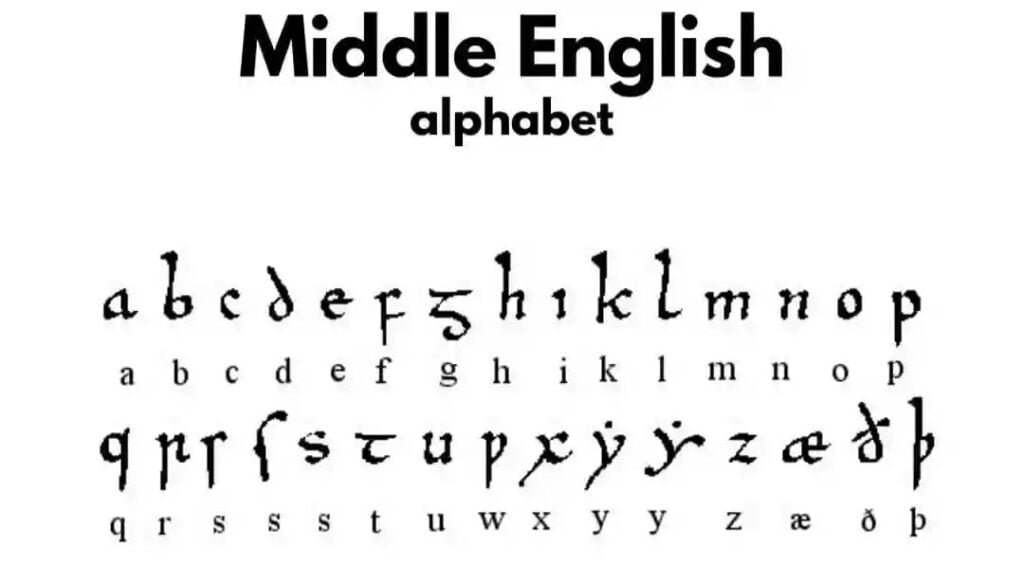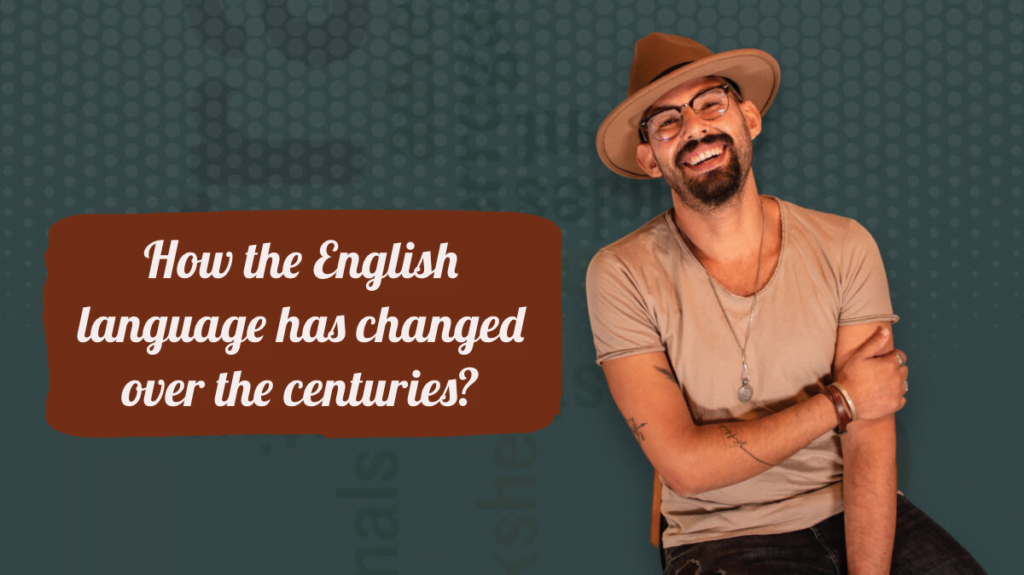It wasn’t a very rapid change; we are talking of a gradual shift over about 400 years. But let’s get the labels and approximate dates right first!Up to 1066, we have Old English.

Then the Normans arrive, speaking Norman French, and French becomes the language of the ruling class. Two entirely separate languages running in parallel. But William’s invasion force consisted basically of young men, and was pretty much an all-male affair. So naturally they tended to marry local girls, especially in situations where the land they had been granted as a reward for their services included a manor where the menfolk of the local Lord’s family had all been killed. So the wife speaks Old English, the husband speaks French, and their children will undoubtedly grow up speaking and understanding both. And possibly Celtic and Latin too, in many cases.That’s all happening by about 1100AD. And over the next three hundred years, the two main languages gradually merge, or rather a lot of French words and concepts are grafted onto the English stock, because all the basic language is definitely English.
By the time you get to Chaucer in the late 1390s, the language is definitely well-established Middle English, and really not that hard to read once you are used to it.By the 1490s, we have William Caxton printing in London, and spelling is becoming more fixed. He is very conscious that the language is still changing, and has to make conscious decisions in his printworks about which word he thinks will survive; there is a famous story he tells about the problem with the word for those things that birds lay is the word eyren, or egges?Another hundred years, and one William Shakespeare is in London, writing plays and poems at a considerable rate, in what we now call Early Modern English. And these plays are still performed in that same English, four hundred years later.
Yes, to begin with students find the language strange and difficult to read, but when watching the plays performed the difficulties evaporate.So from Old English and Norman French to Middle English and then to Early Modern English is a journey that takes about 500 years, from 1066 to the 1590s. And really, it’s not that rapid a process!

